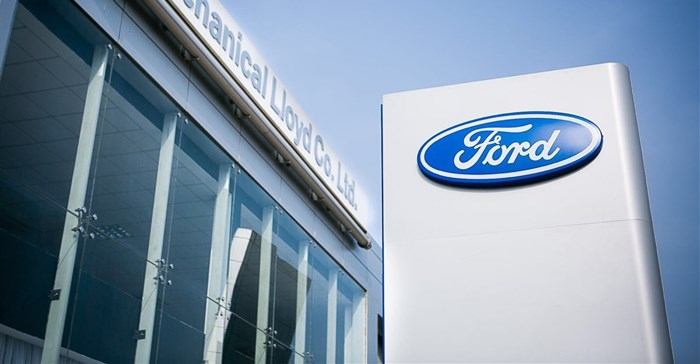In 1980, Ford recalled more than 21-million vehicles in the US produced in the previous decade due to a fault that could see the automatic transmission shift accidentally from park into reverse. During the 10 years the vehicles were on the road, the authorities linked 100 deaths to the fault.
What did Ford do? It recalled the models so a sticker could be put on the dashboard to warn the driver. Ford does not have a great history of managing vehicle recalls.
Recall campaigns, referred to in dealerships as "service campaigns", can be for anything from a loose carpet to major faults such as Toyota's unintended acceleration, General Motors' faulty ignition switches, Honda's electric window switches and the Takata airbag crisis that hit most car makers.
Most of the time, action does not take 10 years, with safety authorities and government agencies getting involved or the manufacturer instigating a recall. So what happened with the Ford Kuga fire crisis that has seen as many as 48 vehicles catch fire?
This week Ford Southern Africa finally gave in to pressure from consumers, the media and the National Consumer Commission and recalled 4,556 units of the 1.6 Ecoboost-equipped Kuga built between December 2012 and February 2014.
NCC commissioner Ebrahim Mohamed said if Ford had not recalled the car, he would have done it, declaring that everyone has the right to expect a product to be safe, especially such a prize possession as a vehicle.
In the first official statement since the issue of the burning Kugas grabbed headlines late in 2016, Ford says: "We have investigated the incidents as they have been reported to us, removing many parts for detailed examination in our engineering facilities in Europe and North America. The data collected from the recent incidents and the maintenance checks we are conducting through our dealers have helped us to determine the root cause of the fires.
"While we continue to investigate the Kuga 1.6 engine compartment fires, based on the current data we have determined that the fires are due to engine overheating. This is caused by a lack of coolant circulation which can lead to a cracking in the cylinder head and, therefore, an oil leak. If the leaking oil reaches a hot engine surface, it can potentially catch fire."
There are a number of concerns with the way Ford has handled this. If the coolant system is the problem, why are investigations continuing? Ford has stated cars will be recalled in two stages. The first involves owners getting their vehicle to a dealer immediately for a check and replacement of parts.
The second stage, at a time still to be determined, will involve further parts replacement and software changes.
Courtesy cars
The reason for the two-stage approach is unclear. The company has already stated it would not have enough parts available for the first stage, with many owners facing the prospect of living with a courtesy car for a while. Parts will also need to be imported for stage two, but there is the question of whether the company is simply buying time to "continue to investigate" so it can conclude what stage two needs to be.
Investigating the cause of a fault, especially one that leads to fire in a modern vehicle, is a complex task. It takes time, but Ford is not short of resources.
Finding the fault could be more straightforward than Ford is letting on. The Kuga has been subjected to a number of international recalls for fire risk, particularly in the US where it is badged as the Escape. Exactly the same 1.6 model was recalled in the US in 2013 because of a fault with the coolant system that could lead to a fire. With the exception of the Escape being left-hand drive and automatic, the situation and resultant fire appear to be identical.
It took just 11 vehicle fires for Ford to institute a large recall campaign in the US. In SA, the company remained almost silent, until this week.
Ford's actions over the matter leaves more questions than answers. Why did the company not go into public relations overdrive to notify owners? Why were the Kuga models in question not recalled sooner? Is the company able to guarantee that it has found the reason for the fires and the solution?
The company is unwilling to divulge the answers to these questions and more. What that might do to the brand we will leave up to the brand analysts, but after all the success the company has enjoyed in SA in recent years, it is facing a fire that could be difficult to put out.
Source: Business Day
































